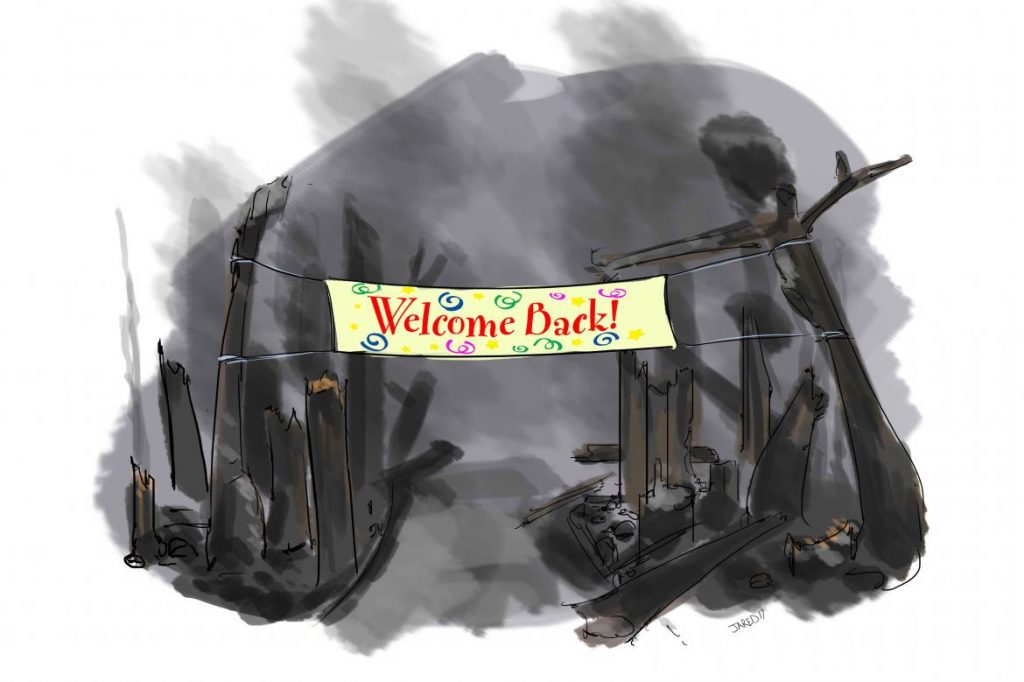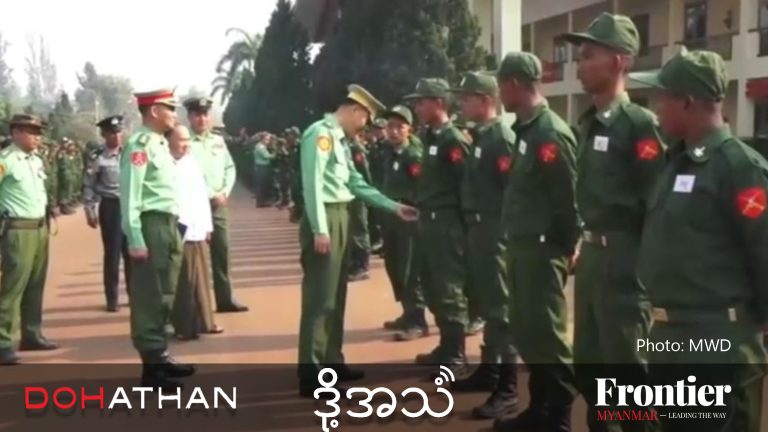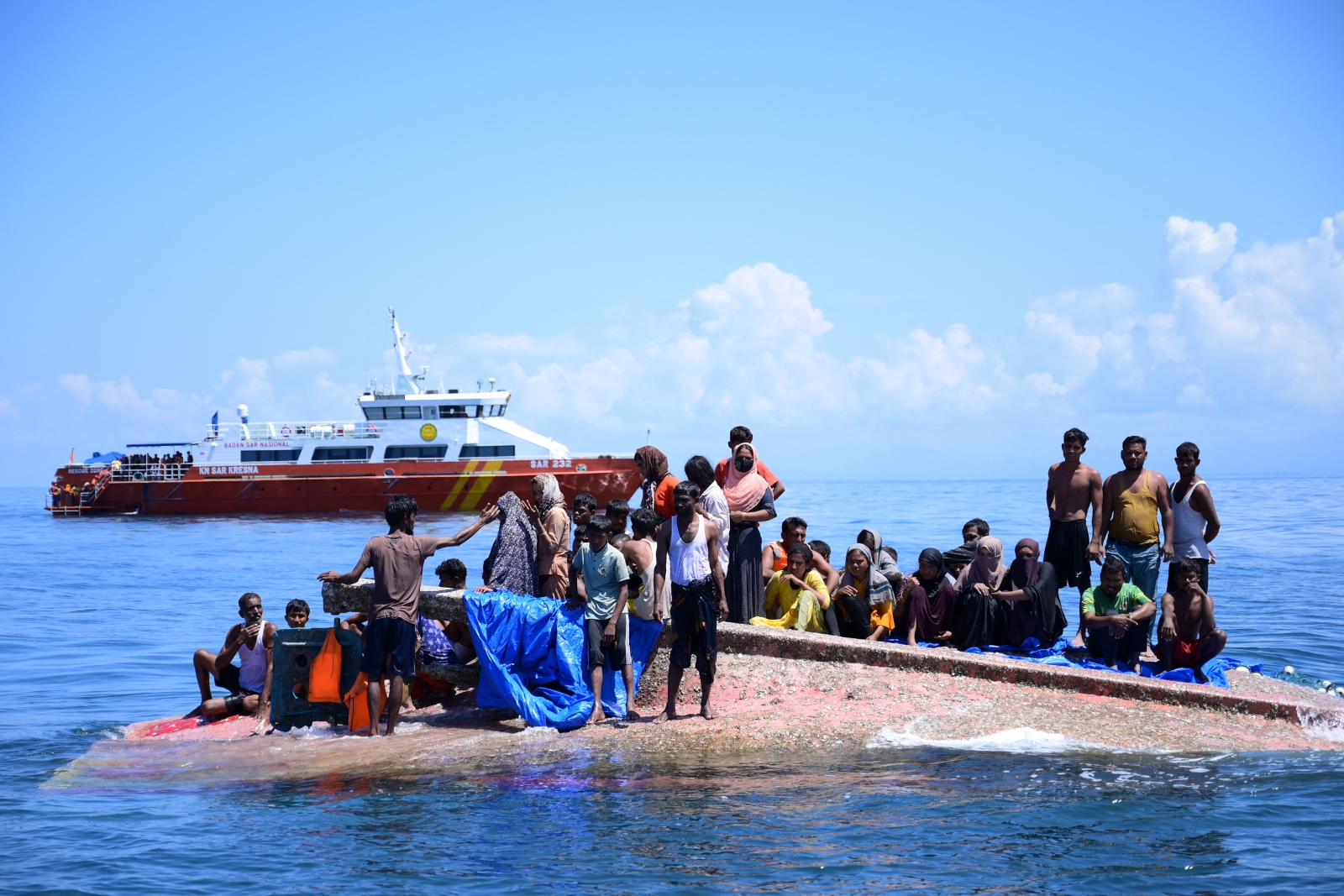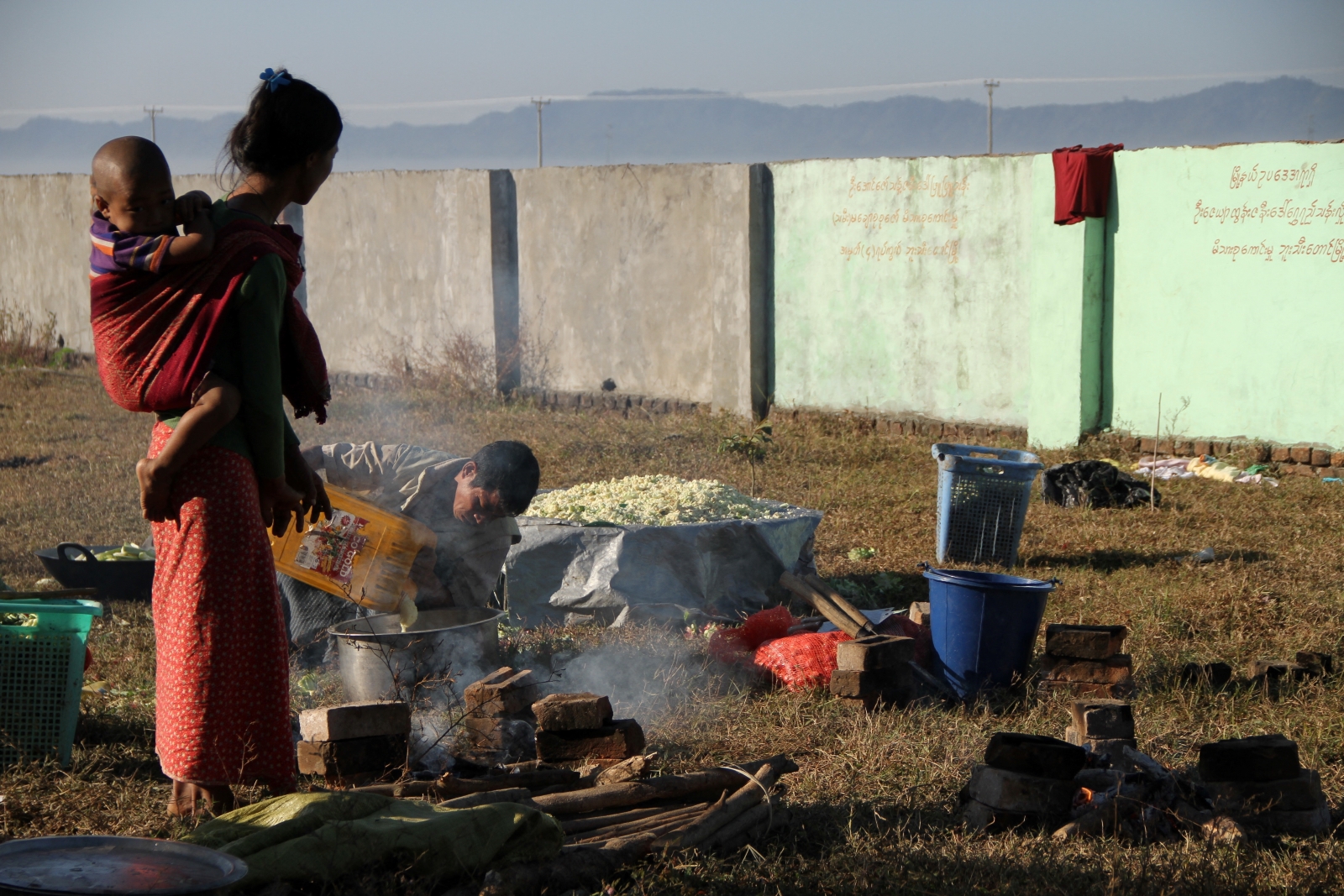The government must also guarantee security and safety for all those living in Rakhine State.
IN HER second public speech addressing the Rakhine crisis – this time targeted at a domestic audience rather than the international community – State Counsellor Daw Aung San Suu Kyi announced the formation of yet another committee tasked with helping to bring peace and stability to Rakhine State.
The Union Enterprise for Humanitarian Assistance, Resettlement and Development in Rakhine (UEHRD) will include both domestic and foreign actors, and has been established to help the government to achieve its three main aims: repatriation of and humanitarian assistance for those who have fled to Bangladesh; resettlement and rehabilitation; and development of the state with the aim of achieving peace.
In the speech, Aung San Suu Kyi said that her government had already started negotiations with Bangladesh about repatriating those who fled. She said that, since independence, Myanmar had twice “successfully negotiated with Bangladesh on the issue”.
Considering there were already more than 200,000 Rohingya in Bangladesh prior to the latest influx, one could question how successful those repatriation efforts were. Regardless of what has happened in the past, though, it is crucial to recognise that the situation in the region today is quite different to how it was in 1978 and 1991, when those two repatriation exercises took place.
The scale of the latest exodus – 537,000 people crossed the border between August 25 and October 15, according to the United Nations – in such a short time frame is unprecedented – not only at the Bangladesh-Myanmar border, but globally. The sheer scale of this human tragedy is going to make repatriation for all or even a significant proportion of those who have fled a monumental task.
Support more independent journalism like this. Sign up to be a Frontier member.
But even if the repatriation programme is set up in a way that makes repatriation possible, there are several practical and political questions that need to be addressed. We should not forget that the refugees, at least in theory, have the option of refusing to return. The civilian government, for its part, needs the repatriation programme to succeed; the international community wants a peaceful resolution, too.
The first question is to where refugees would return. Satellite imagery released since late August has shown widespread destruction in northern Rakhine, particularly Maungdaw Township, where more than 200 villages have been almost completely burned. For many of those who have fled to Bangladesh, their homes, livelihoods and even friends and relatives are no longer there.
Unless entire communities can be reconstructed in a short space of time, it is likely that those who return will be forced to live in camps. Given that most Muslim IDPs from the 2012 communal conflict remain in camps, with few prospects of resettlement, this will be an unappealing prospect. The government needs to ensure that those who have fled can return in dignity and with a degree of certainty around their future.
“Future” means addressing the issue of citizenship. Many Muslims in Rakhine are suspicious of the government’s National Verification process, which it has been pushing hard in recent years. The reasons for distrust of the NVC are manifold, but are essentially related to disastrous and inconsistent policies from different administrations for several decades. The government will need to work extremely hard to win trust.
Safety is another concern. Tensions remain high between Buddhist and Muslim communities in northern Rakhine, perhaps the highest they’ve been since the outbreak of violence in 2012. In this tinderbox scenario, the return of hundreds of thousands of Muslims, even at a relatively slow pace, will create risks for further outbreaks of violence. When Frontier visited refugee camps in Bangladesh last month, some told us they had witnessed such horrors that they never wanted to return. Many said they would only go back if their safety could be guaranteed.
Frontier agrees with the government that any solution that would bring peace and stability to the state requires long-term planning and assistance from the international community, but one measure that it could take to improve confidence in their process is to ensure security and safety for all those living in the region.
This editorial appears in the October 19 issue of Frontier.







